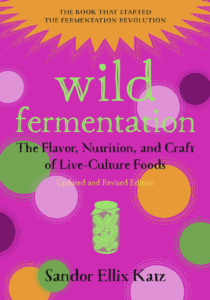Today, when we talk about food preservation, we’re often discussing canning and freezing, but people were putting up foods in the old ways long before the advent of freezers and pressure canners. This Appalachian recipe is one of those old ways. Leather britches, sometimes called shuck beans or shucky beans, were a way to preserve beans for winter with little technology or cost. They’re snap beans dried on a string.
Leather Britches History
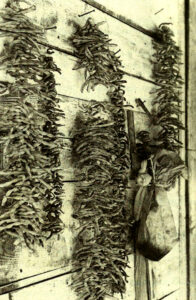 The practice of making leather britches most likely originated with the Cherokee people. They would thread the beans onto a rawhide cord and hang them over a slow fire to dry, protecting them from rot and insects. The Europeans who settled in Appalachia picked up this tradition, stringing beans and hanging them from rafters, porches, and fireplaces.
The practice of making leather britches most likely originated with the Cherokee people. They would thread the beans onto a rawhide cord and hang them over a slow fire to dry, protecting them from rot and insects. The Europeans who settled in Appalachia picked up this tradition, stringing beans and hanging them from rafters, porches, and fireplaces.
Even after canning became popular, leather britches remained a common Appalachian staple. Preserving beans this way creates chewy, sometimes smoky beans that were typically cooked over several hours with fatback, ham hock, or salt pork. Unlike pressure canning beans, this preservation method didn’t involve summertime cooking, didn’t use canning jars which could be pricey, and took up relatively little space.
How to Make Leather Britches
Among the folks I’ve talked to, you either love leather britches or hate them. Many have memories of working alongside their parents or grandparents to put up the beans this way. I think they’re a recipe worth preserving and trying at least once.
Here’s what you’ll need:
- Snap Beans
- Strong Cotton Thread
- A Sewing Needle with a Large Eye
- A Space to Dry Them
To begin, harvest your beans. The variety isn’t crucial, though some may believe otherwise, preferring turkey craw, half runners, or red-striped greasy. I encourage you to try with whatever you’re already growing though you may find that wider, flatter beans are easier to string.
Wash your beans and string them if necessary. Lay them out on a towel and let any extra moisture from washing them dry. If desired, cut or snap them into 1 to 2-inch lengths.
Using the needle, thread your beans onto the string, pushing them down to the end. Not everyone does, but I like to leave tiny spaces between each bean to ensure they get good airflow.
Then hang your beans somewhere warm and dry. Covered porches, kitchens, and attics are all good places.
How to Store Leather Britches
While some folks may have left their leather britches strung until needed, it was more typical to unstring and store them once they were fully dry. Often, people stored leather britches in paper or cloth bags. This kept the light and dust off them. Sometimes they added a dried hot pepper to the bag to discourage pests.
Today, most people store their leather britches in mason jars or other containers. Make sure your beans are fully dry before transferring them to containers! Keep your containers out of the sunlight and watch for any signs of moisture in the first few days. If you notice any, remove the beans from the jars and let them dry further on a screen or in a dehydrator.
How to Cook Leather Britches
Recipes for leather britches undoubtedly varied from family to family. However, the basics are beans, water, and meat. Place about 4 cups of dried leather britches and 2 ounces of fatback, ham hock, or salt pork in a pot and cover with water.
Like other dried beans, leather britches take quite a long time to cook. To reduce the cooking time, you can soak them in water overnight if desired. Then add the meat in the morning.
Bring the pot to a boil and then reduce it to a simmer. Simmer for at least 2 to 3 hours until the beans are tender. Check occasionally and add water as needed.
Some folks liked to add a bit of sugar or other seasonings they had on hand. Elliott Moss, owner and chef at Buxton Hall Barbecue in Asheville, serves them in vinegar barbecue sauce. For a flavorful vegetarian version, try replacing the water with vegetable stock and excluding meat.
Season your leather britches with salt and pepper and serve with homemade cornbread.

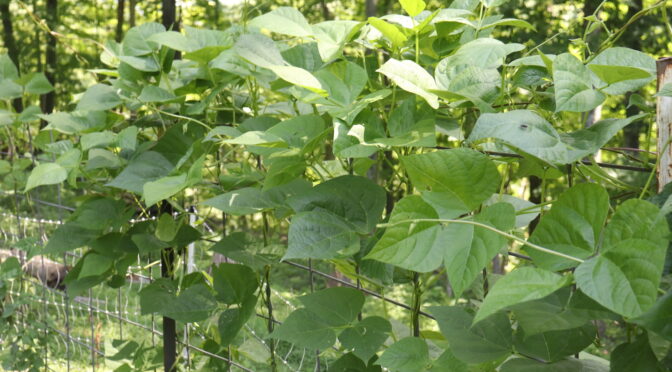
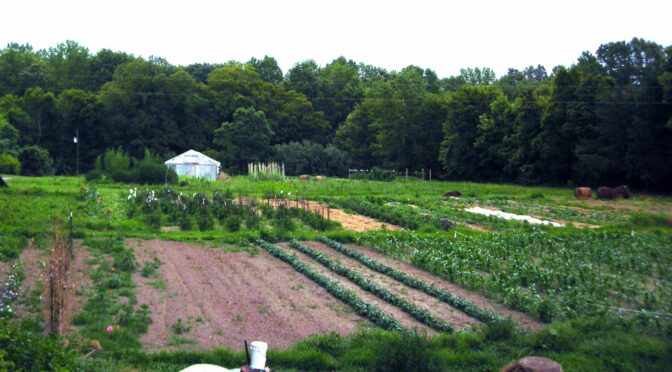
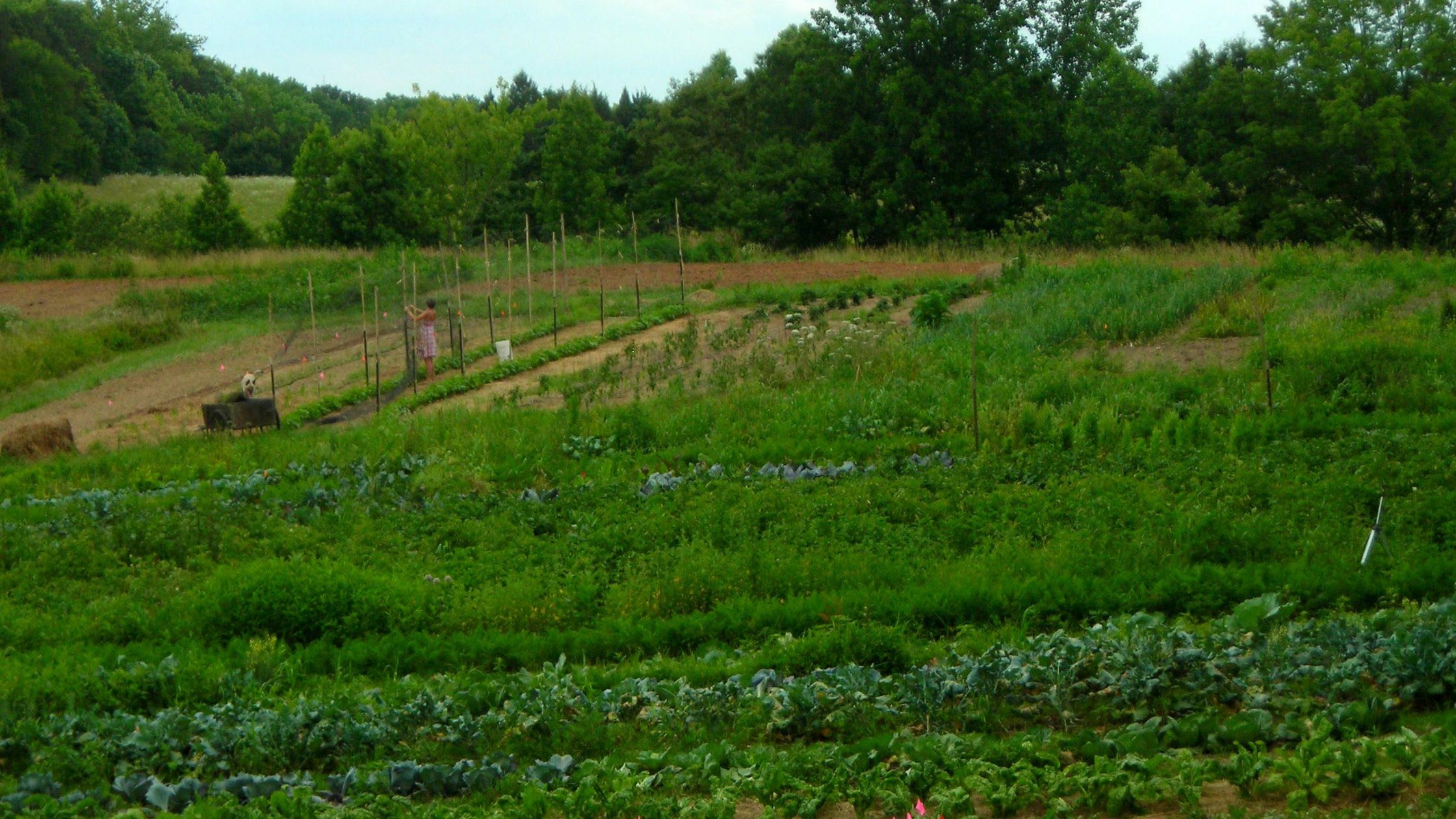
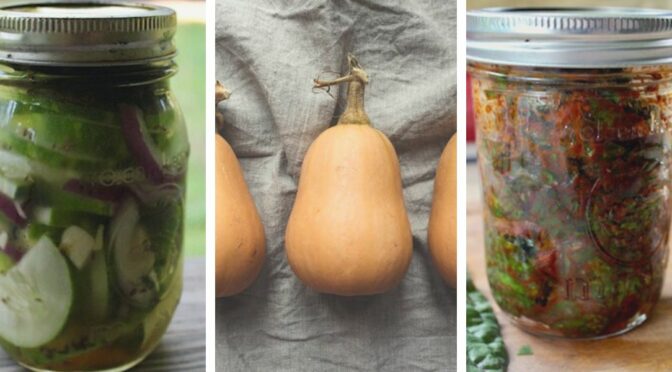
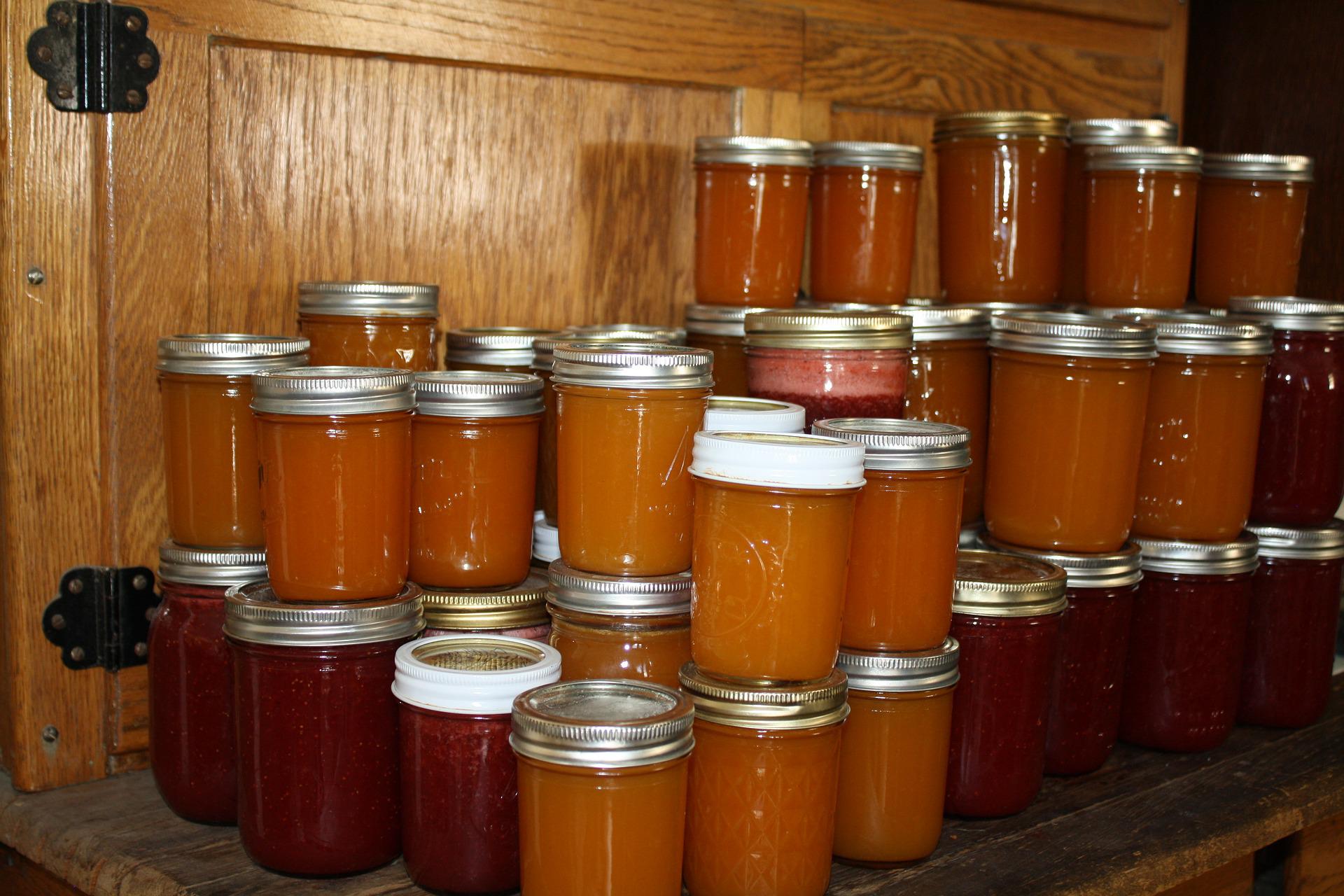 Ball Mason Jars
Ball Mason Jars